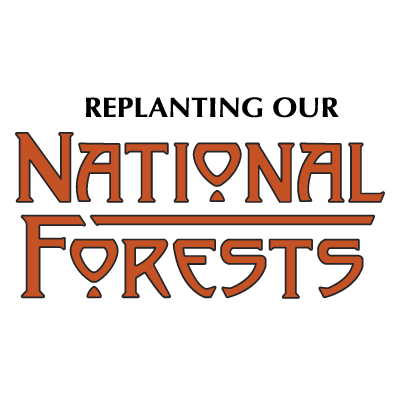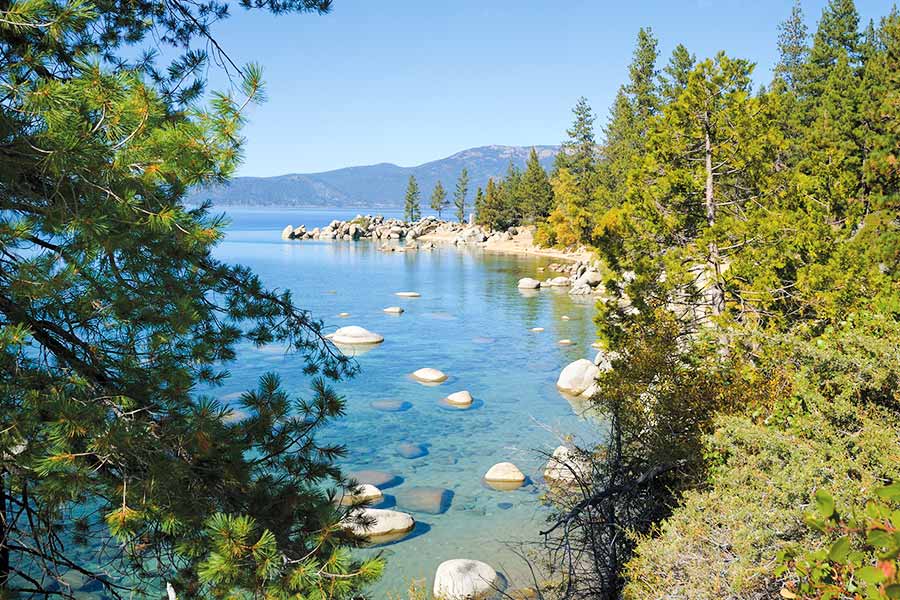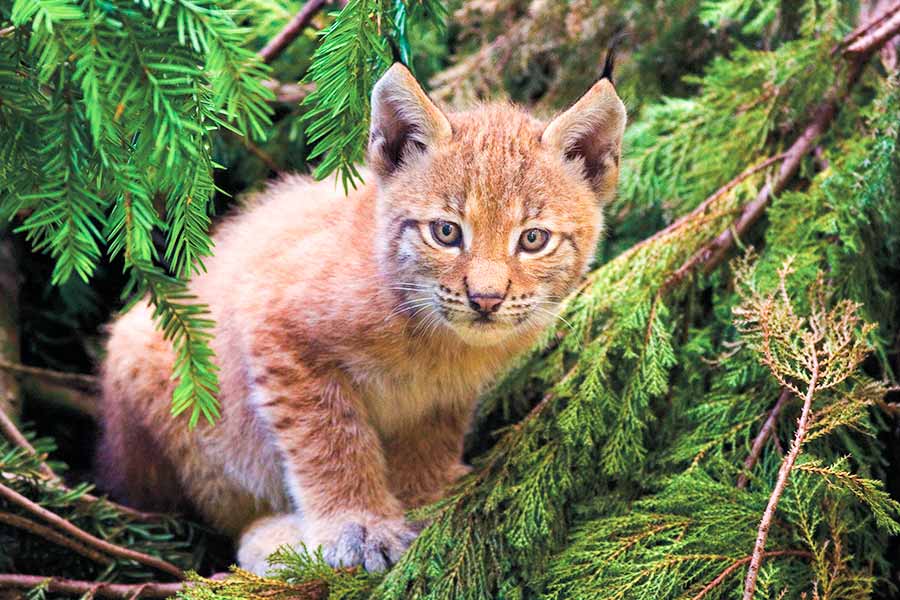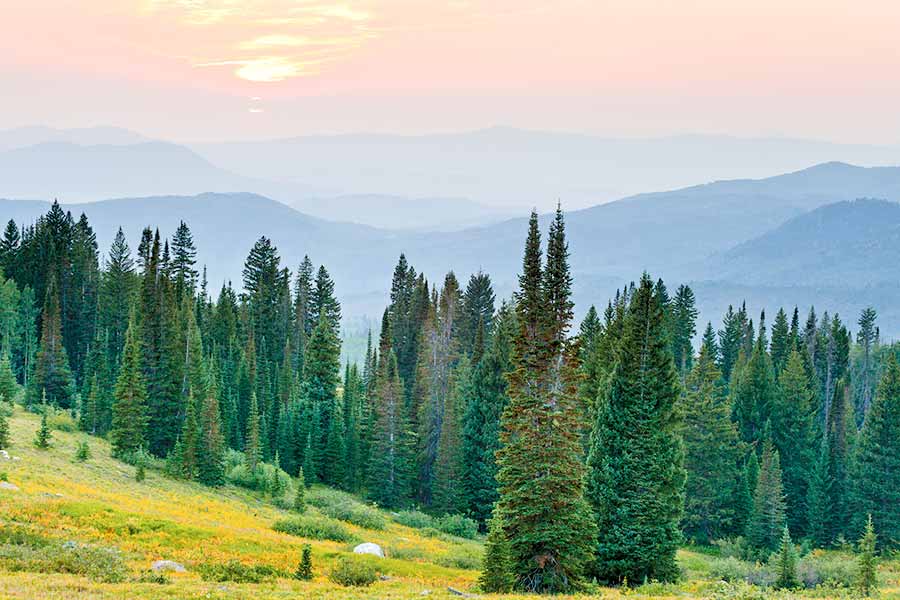 Celebrating 50 Million Trees Planted
Celebrating 50 Million Trees Planted

For nearly a quarter of a century, members of the Arbor Day Foundation have contributed to the replanting of forests throughout our nation that have fallen victim to wildfires, insects, storms or disease epidemics. This year the 50 millionth tree will be planted in this ambitious restoration campaign. Thanks to the generosity of our members and partners, state parks, county-owned land and national forests have been put on the road to recovery. Here are three national forests that represent some of the 338 areas planted to date.
Tahoe National Forest

Wildfires in 2013 burned some 22,500 acres of California’s Tahoe National Forest. As restoration efforts unfold, plans are to use the new seedlings to restore wildlife habitat, including stands of trees needed by the California spotted owl. Other critical needs are to reduce soil erosion that results from the loss of vegetation and ground cover and to create forest conditions less prone to catastrophic fires in the future. This year, 608,000 trees are helping to bring back the forest cover to meet these needs.
A careful planting plan is being followed on the Tahoe with strategies that include variable spacing to imitate nature. Another technique is the use of cluster plantings whereby 3 trees, usually of different species, are planted together with wide spacing between clusters. Eventually the open spaces will be filled in naturally from the seeds produced by the best trees now being planted. As planting proceeds—often in steep, rugged terrain—it is also essential to provide growing space for the little trees. This enormous job requires crews to hand cut competing vegetation within a five-foot radius of each tree.
Malheur National Forest

Approximately 220,000 trees are being planted this year on the Malheur National Forest located in eastern Oregon’s Blue Mountains. Recent wildfires burned so hotly in some areas of the forest that nearly all vegetation was lost, including natural seed sources that often survive less intense fires. To replicate the original forest and ensure success of the planting effort, seeds have been collected from local, unburned areas that match the sites where the trees are to be planted. The seeds were then propagated in a nursery and are being transplanted in little ‘plug’ containers so the roots are kept moist and intact.
The Malheur National Forest is an important resource for the economic welfare of rural families. The area being restored will not only keep the land economically productive, it will also provide needed cover for big game and habitat for multiple wildlife species, especially Neotropical migratory birds.
Medicine Bow–Routt National Forest

The ‘Replanting our National Forests’ program is being put into action on this national forest that provides critical drinking water for expanding populations in foothill cities and year-round recreation for thousands of visitors. Theodore Roosevelt recognized the importance of this land as early as 1905 and had it set aside for the public good. The Routt portion of the forest straddles the continental divide west of Fort Collins, Colorado, and the Medicine Bow features popular campgrounds and climbing areas in southeastern Wyoming.
Surveys in the forest have found that natural reproduction following intense wildfires has been spotty at best. Some of the fires burned in lodgepole stands that were too young to produce cones that ordinarily open and provide seeds after a fire. Elsewhere, the fires were so intense that organic material in the soils was destroyed, creating an environment that is detrimental to water quality. Forest officials also report that planting is needed in order to restore favorable wildlife habitat. The restored forest will provide cover for the Canada lynx and habitat for snowshoe hares, one of its important sources of food.
Read more great stories of forest replanting.
The Need Continues
The budgets of land management agencies are not adequate to meet the backlog of planting needs as wildfires and other threats continue each year and seem to grow in intensity. The Arbor Day Foundation has provided welcome and highly successful assistance for restoring the land and helping to make it more resistant to future fires, storms and epidemics. For the environment, economy and recreational needs of the nation, member support will continue to help sustain this important program.
